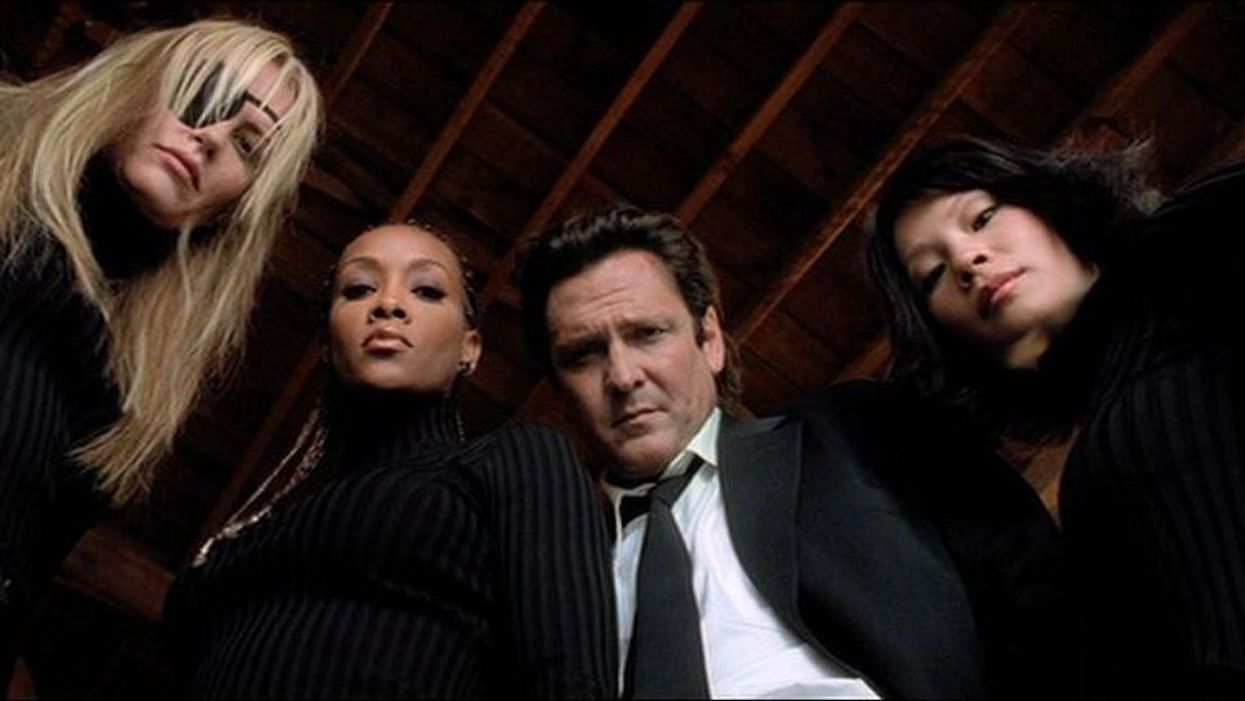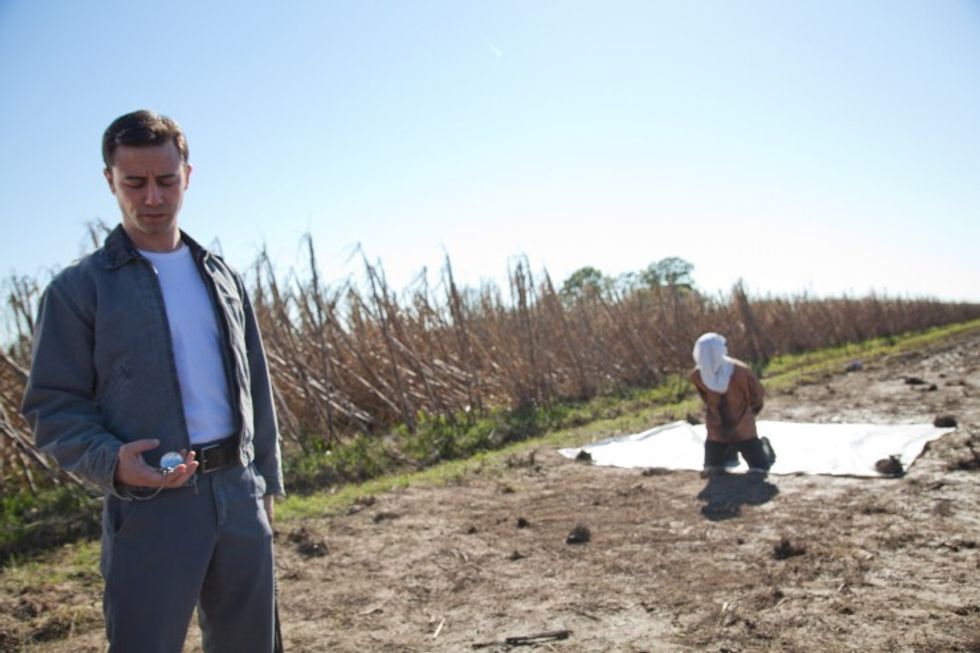How to Master the Rip Reel For Your Pitch
Create a rip reel that is worthy of your story.

So, you’ve developed a great story. You’ve nailed the treatment, refined the logline, and even put together a beautiful deck. You’re ready to pitch your project, but you need something that gives your potential buyer a visual sense of what your film’s tone might actually look like.
Enter Film Riot’s Ryan Connolly to enlighten you about the powerful tool that is the “rip reel” — the trailer for your unmade movie. Ryan breaks down what a rip reel, which is also known as a sizzle reel, is and then demonstrates how you can make one of your own. While you’ll need some additional editing skills to get the most out of his advice, Ryan shows how simple it can be to create a trailer-like reel that is super effective.
Check out the video, then let’s break down our main takeaways when it comes to crafting a rip reel.
What You Need to Know Before You Start
Although Ryan says he uses the rip reel in all of his pitches, you may find it more useful to use a rip reel when pitching certain genres and stories that are heavily reliant on tone.
There are three things that you’ll want your rip reel to accomplish. You’ll want it to give a sense of tone, hint at your concept, and, perhaps most importantly, get the viewer excited to see your film just like a normal trailer would do.
You should already have a completed script treatment before you start crafting your rip reel. Even though this should go without saying, you won’t want to skip this step. You need to have a strong sense of your story’s tone in order to effectively communicate it to your buyer what your film is about.
How to Create a Rip Real
Just like your story, your rip reel should have a beginning, middle, and end. Sometimes, the best way to nail this structure down is to gather a rough of your rip reel using just audio.
You can hire a voice over artist, use dialogue from other films, or find something in the public domain. Figure out what your driving audio will be, and pair it with some music to match the mood you’re going for. You’ll then want to have story, character, and a specific visual tone in mind as you begin looking for shots.
There are two ways you can go about this.
One way is by using existing footage from films that inspire you. Of course, you run the risk of your potential buyer focusing too much on that recognizable shot or actor with this method. A good solution, for the VFX savvy, is adding something new to the preexisting shot or compositing it with another shot.
Another strategy is to utilize stock footage to create a more unrecognizable rip reel. This is great for those who have been stockpiling visual references during their screenwriting process.
Either way, there is no need to worry about copyright since you aren’t making this for public consumption. Ryan uses an Artlist Max for everything from editing to finding video and music for his rip reel. However, there are many other options open to you. You can check out thisarticle on sourcing from the public domain, or this one on building a trailer entirely out of stock footage.

Once you have your shots, you can begin roughing them into the timeline. Ryan’s advice here is to go with your gut and don’t get overly precious — which generally feels like good advice for both editing and, well, life. The idea is to have something to work from before you begin refining and adding sound effects.
Perhaps the most important step is color grading. Sure, this isn’t your finished feature we’re talking about, but you’ve gone through the trouble of finding just the right music that cuts perfectly with that stock footage of a Mercedes careening off of a cliff with that shot of Florence Pugh scream-crying in Midsommar, you might as well touch up the color to match your vision.
Now you have to make those shots match to ensure your rip reel sells one unified tone. Remember, the rip reel is not supposed to convey the actual story. You’ll use it as the bait and hook, a tool to get the buyer excited to see what this project could be.
Perfect the art of the rip reel, and you’ll be on your way to selling that feature idea.
Do you have any tips for creating a killer rip reel? Let us know in the comments below!
Source: Film Riot











